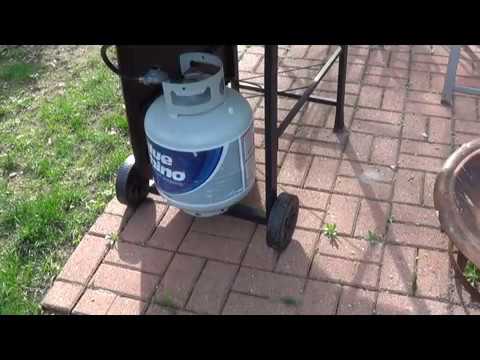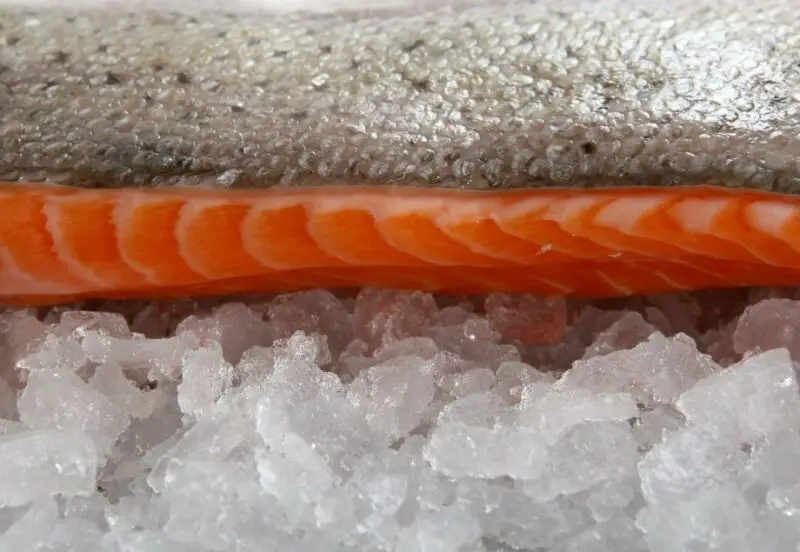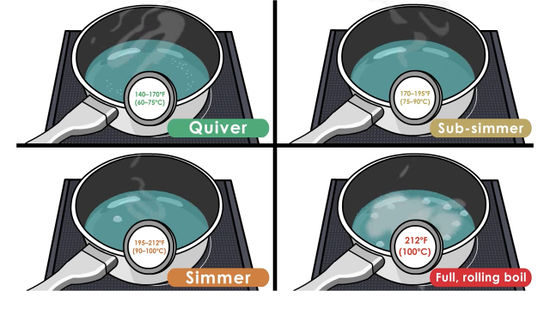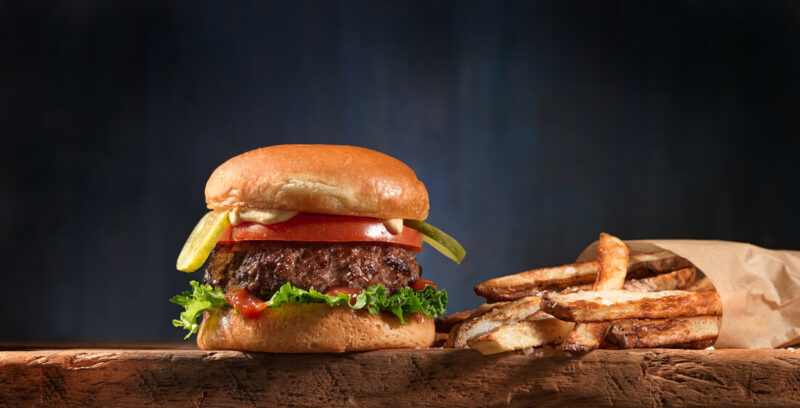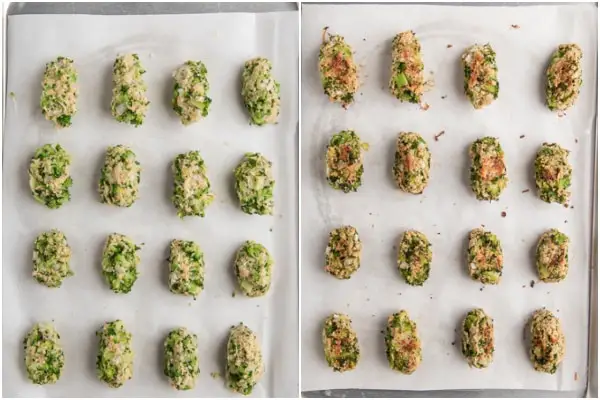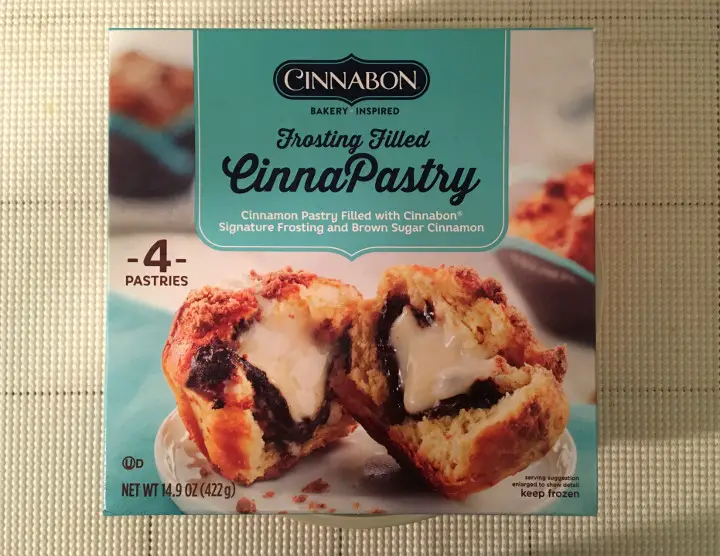Grilling is a delightful summer activity that many people enjoy. It’s a great way to spend time with family and friends, enjoying some delicious food in the open air. Grilling has come a long way over the years, with various advancements making it easier and more convenient. One of these modern improvements is the small propane tank that can be used to fuel your grill.
Small propane tanks are perfect for people who enjoy grilling but do not want to invest too much money on larger tanks or have limited storage space. In this article, we will provide a step-by-step guide on how to hook up a small propane tank to your grill, explaining what factors you should consider before getting started and outlining safety precautions you should take.
Choosing The Right Propane Tank For Your Grill
Before you start hooking up your small propane tank, it’s important to choose the right type of tank for your grill. There are different sizes and types of propane tanks available on the market today. A 20-pound tank is the most common size which many backyard grills use.
When selecting a propane tank, factors such as grill size and cooking frequency should be considered. For instance, if you have a large grill that gets frequent use, it may make sense to select a larger propane tank. Additionally, if you plan on doing longer grilling sessions often in remote areas where refills would be difficult consider one pound refillable bottles which are more lightweight than 20 lb cylinders.
Gathering Supplies For Hooking Up Your Propane Tank
Once you have chosen the appropriate size for your new small propane tank, it’s time to gather supplies for installation. You will need some tools such as pliers, adjustable wrenches which will help with threading metal fittings firmly together without stripping threads resulting in leaks later down the track.
Other items required include hose adapters that connect valves from various appliances (gas grills) using compatible threaded fittings with no leaks to the propane tank. You also need a few additional safety gloves to protect your hands when handling the tank.
Installing The Hose Adapter Onto Your Grill’s Regulator
The next step is attaching the hose adapter onto your grill’s regulator valve. A propane grill regulator is an important component that controls the flow of gas from the propane tank so that you can tune grill cooking heat output, preventing fires or other hazardous outcomes.
Once you locate your grill’s regulator valve, fit the threaded end of a hose adapter onto it tightly using an adjustable wrench and pliers as previously stated.
Next up, use Teflon tape on any exposed threads which helpl prevent leaks by sealing them completely.
Attaching The Hose Adapter To Your Small Propane Tank
Now that you have installed the hose adapter onto your grill’s regulator valve, it’s time to connect it to your small propane tank effectively. Start by removing the cap near your cylinder’s mouth and check for any signs of wear or damage before installation.
Then, place one end of your adapter onto your small tank’s valve stem where its treaded circumference should be compatible with the threading on adaptor you bought earlier. Make sure not to overtighten or damage valves during installation as that could create leaks in the future.
Testing For Leaks & Ignition Process
After completing all previous steps correctly, verify connections are leak-free by dusting an ammonia solution around each connection point with a cloth and paying attention to visible bubbles – if there are some then there may be a leak somewhere nearby.
Once leak tests checks out safe let’s ignite our grill! First open lid cover exposing grate with meat or veggies after fastening tightly into position all ignition parts. Then set heating control knob(s) between slow/low fire settings turning each one carefully until ignition flames seem steady beneath heat plates at bottom burners.
Safety Tips When Using Small Propane Tanks
Now that you have hooked up your small propane tank to your grill, it is important to practice safety when operating the appliance. Some potential hazards could include fires, explosions or carbon monoxide poisoning.
To minimize risks, consumers should follow guidelines like reading all manufacturers’ instructions and guidelines before use. And never forget to stay alert in case anything goes wrong with a sudden rush of heat flares due to grease buildup or even worn BBQ parts.
Conclusion
Congratulations! You are now ready to start grilling using small propane tanks. Remember to choose the right size of tank for your grill, gather necessary supplies for installation, take safety precautions before igniting flames and test thoroughly beforehand whenever stepping into this exciting new world of convenient hang-outs with friends & family over delicious BBQ meals!
Q&A
Q: What are the steps to connect a small propane tank to a grill?
- Start by turning off the grill and making sure all knobs are in the “off” position.
- Remove the old empty propane tank by lifting it up and away from the grill.
- Check for any damage or corrosion on the hoses or fittings before installing a new propane tank.
- Attach the regulator hose to the propane tank first, then attach it to the grill following manufacturer’s instructions.
Q: How do I know when my small propane tank needs to be refilled?
The easiest way to tell if your small propane tank needs refilling is by weighing it. A full 20-pound (or 5-pound) propane tank will weigh approximately 38 pounds (or 10 pounds). To check how much propane you have left, subtract that weight from the total weight of a full tank. It’s always better to refill your propane tank before it runs out completely.
Q: Can I use a larger propane tank with my small gas Grill?
It’s always recommended that you use only approved tanks recommended by your grill’s manufacturer. Using an unsuitable cylinder could put undue stress on your grill, leading to poor performance or even danger. In most cases, double-checking your owner’s manual will offer specific guidance on this question.
Q: How long can I expect my small propane grills’ fuel supply to last?
It depends on factors such as heat setting, frequency of use and outside temperature. As an approximate rule of thumb for continuous high heat (approximately over 350 degrees Fahrenheit), most grills burn about one pound of fuel-an-hour per burner on high. That means a standard 20lb gas bottle can last between eight and 20 hours depending on grilling conditions and usage habits.
